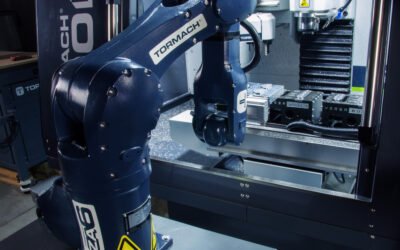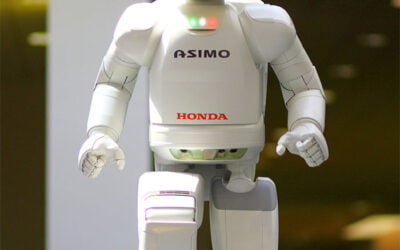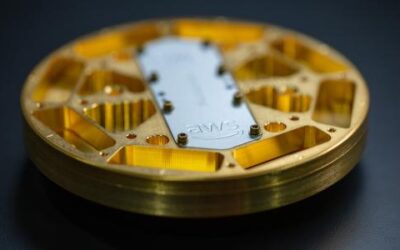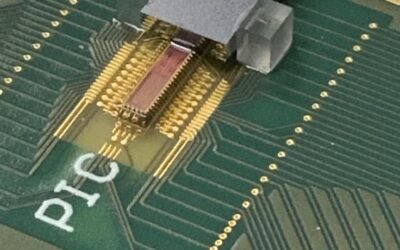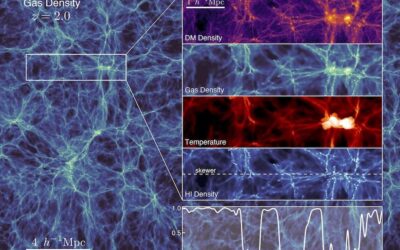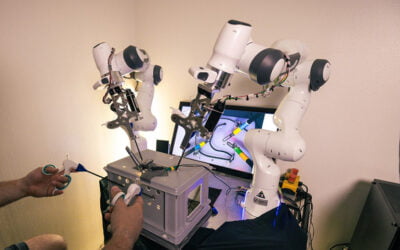Robotics News
How to simplify robotics research with a native, ROS-based system
The Robot Operating System (ROS) is a powerful open-source platform for robotics research, but until recently it lacked industrial-quality hardware that is tightly integrated with the ROS software stack. Robot equipment manufacturers use proprietary, closed-source...
Humanoids ready to take first steps
The age of humanoids is just around the corner. Humanoids are a subset of robotics that feature a bipedal (two legs) design, functional arms and “hands,” a torso and a head. It’s not necessary for these robots to recreate human hands and fingers, but rather to be able...
Appetizing Quantum Bits: Five Papers Looking at Noise, GANs, VQAs, Qubit Testing
Here are five papers from the Quantum Science Center (ORNL), Intel, the University of Science and Technology of China, the Quantum Information Sciences Section (ORNL) and University College Dublin that tackle the topics above. All were posted to arXiv in July. The...
Transferring Data with Many Colors of Light Simultaneously
The data centers and high-performance computers that run artificial intelligence programs, such as large language models, aren’t limited by the sheer computational power of their individual nodes. It’s another problem — the amount of data they can transfer among the...
Honeybees Make Rapid, Accurate Decisions and Could Inspire Future of AI, Study Suggests
New research revealing how honeybees can make fast and accurate decisions, which could help to design more efficient robots and autonomous machines, has been published by scientists at the University of Sheffield. The post Honeybees Make Rapid, Accurate Decisions and...
Georgia State Researchers Use Summit Supercomputer to Gain New Insights into DNA Repair
Transcription factor IIH, or TFIIH, pronounced “TF two H,” is a veritable workhorse among the protein complexes that control human cell activity. It plays critical roles both in transcription — the highly regulated enzymatic synthesis of RNA from a DNA template — and...
Researchers Use ORNL Supercomputer Summit to Investigate Dark Matter
A research team from the University of California, Santa Cruz, have used the Oak Ridge Leadership Computing Facility’s Summit supercomputer to run one of the most complete cosmological models yet to probe the properties of dark matter — the hypothetical cosmic web of...
LANL Theoretical Research Simplifies Machine Learning on Quantum Computers
New theoretical research proves that machine learning on quantum computers requires far simpler data than previously believed. The finding paves a path to maximizing the usability of today’s noisy, intermediate-scale quantum computers for simulating quantum systems...
This system allows surgeons to perform surgery with four arms
Researchers at EPFL, a public research university in Lausanne, Switzerland, have developed a robotic system that allows surgeons to perform laparoscopic surgeries with four arms by controlling two robotic arms using haptic foot interfaces. The results were published...
These tiny soft robots can be controlled with weak magnets
MIT scientists have created tiny, soft-bodied robots that can be controlled with a weak magnet. The robots are formed from rubbery magnetic spirals and can be programmed to walk, crawl, and swim in response to an easy-to-apply magnetic field. The post These tiny soft...
How Artificial Intelligence, Machine Learning, and Simulation Work Together
As artificial intelligence (AI), machine learning (ML), and simulation revolutionize the way humans process and predict information, Ansys Chief Technology Officer Dr. Prith Banerjee explains how better, faster decisions are made possible when these transformational...
UIUC Researchers Establish Criterion for Nonlocal Quantum Behavior in Networks
A new theoretical study provides a framework for understanding nonlocality, a feature that quantum networks must possess to perform operations inaccessible to standard communications technology. By clarifying the concept, researchers determined the conditions...

